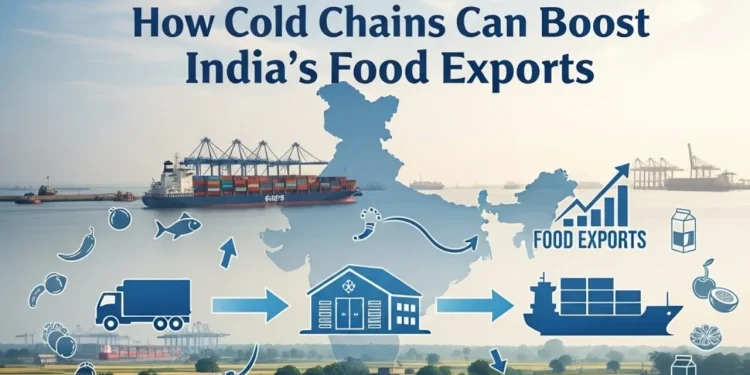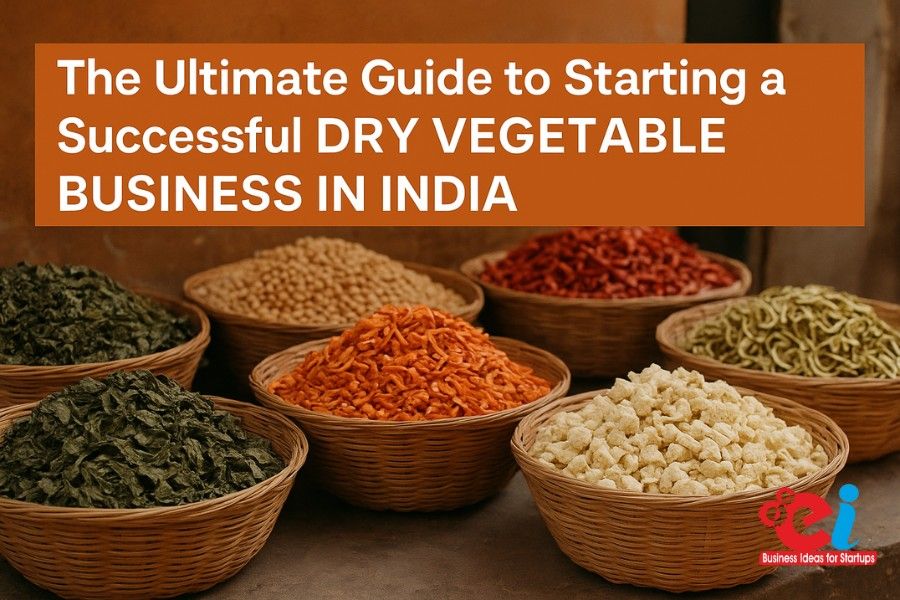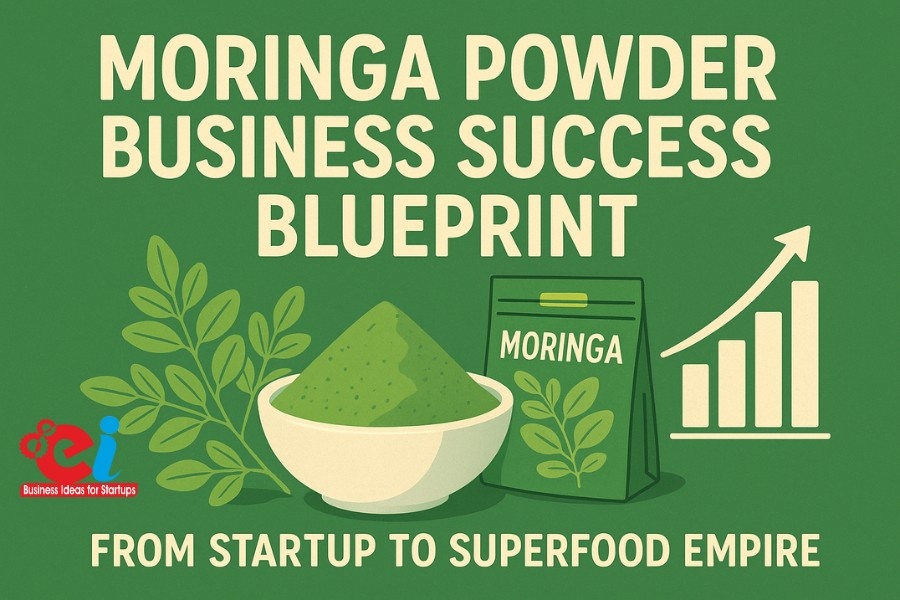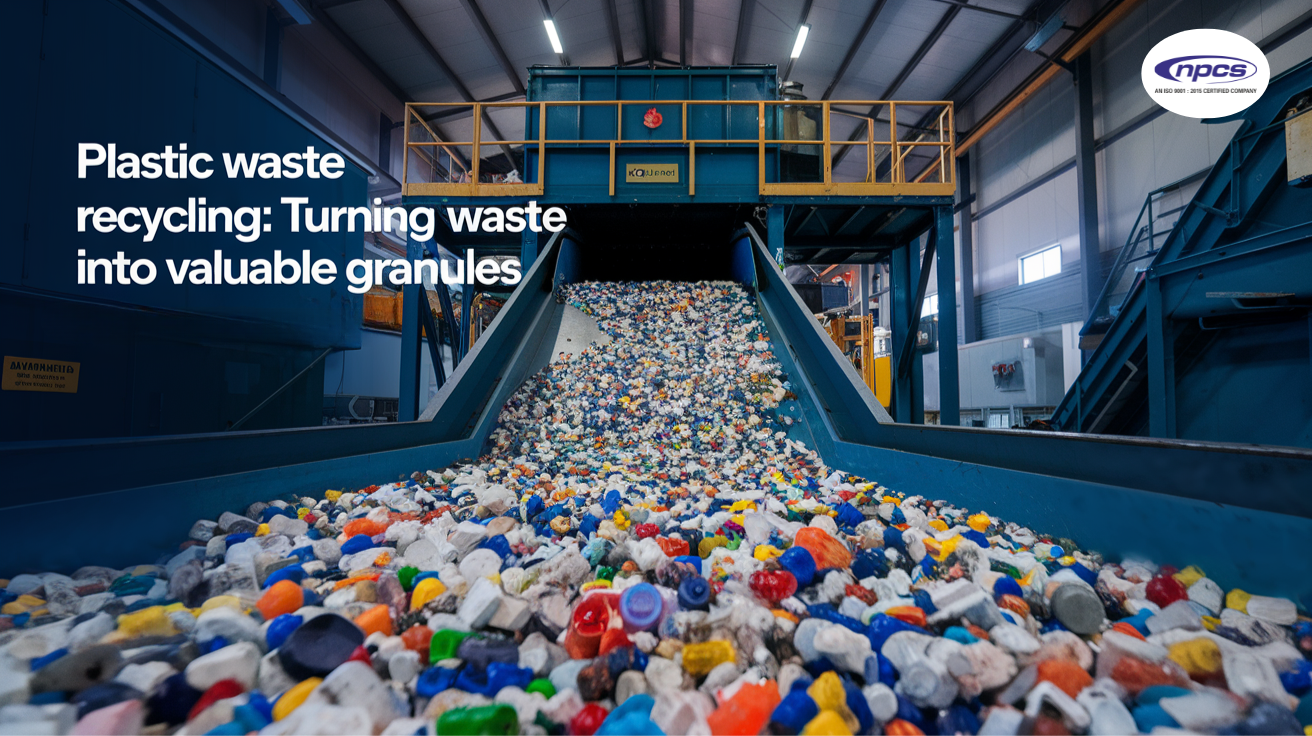Cold Chains India – Producing large quantities of cereals, vegetables, fruits, dairy products, and pulses places India among the largest producers globally. Cold chains India – Producing large quantities of cereals, vegetables, fruits, dairy products, and pulses places India among the largest producers globally.
However, a significant fraction of these agricultural products are lost during the phases of transport and storage. Waste and rot due to cold storage and preservation inadequacies results in the wastage of 20 – 25 % of harvested fruits and vegetables, as stated in the MoFPI Annual Report 2024 – 25.
Gaps in policy formulation and implementation have resulted in the launch of Pradhan Mantri Kisan Sampadi Yojana by the Government. To foster the development of cold chain and preservation infrastructure as well as agro processing clusters, the policy seeks to reduce wastage of agro products by maintaining quality standards at every point along the storage chain.
Read More: Beyond China+1 Strategy: Why India Is the Next Manufacturing Destination
Importance of Cold Chains and Cold Chain Logistics-Cold Chains India
Having adequate cold storage and food processing facilities in the country, along with the necessary market access, enhances the investment and economy for global and local cold chain processed agro products.
The reduction of food loss during transport, under extreme temperatures, and with the presence of cold chains improves the overall economic productivity.
India has favorable agro-climatic conditions which contribute positively towards fruit and vegetable production which exceeds 330 million tons. However, loss of approximately ₹92,651 crores due to cold chain logistics inefficiencies is a growing concern.
In the fiscal year 2023-2024, exports of agrifood products from India reached USD 46.43 billion. These exports could increase by 30 to 40% over the next five years if cold chain infrastructures are implemented.
India is lagging behind developed economies where the food waste percentage is less than 5% as compared to India where the cold chain loss is around 10 to 12%. This reflects a clear scope for investment.
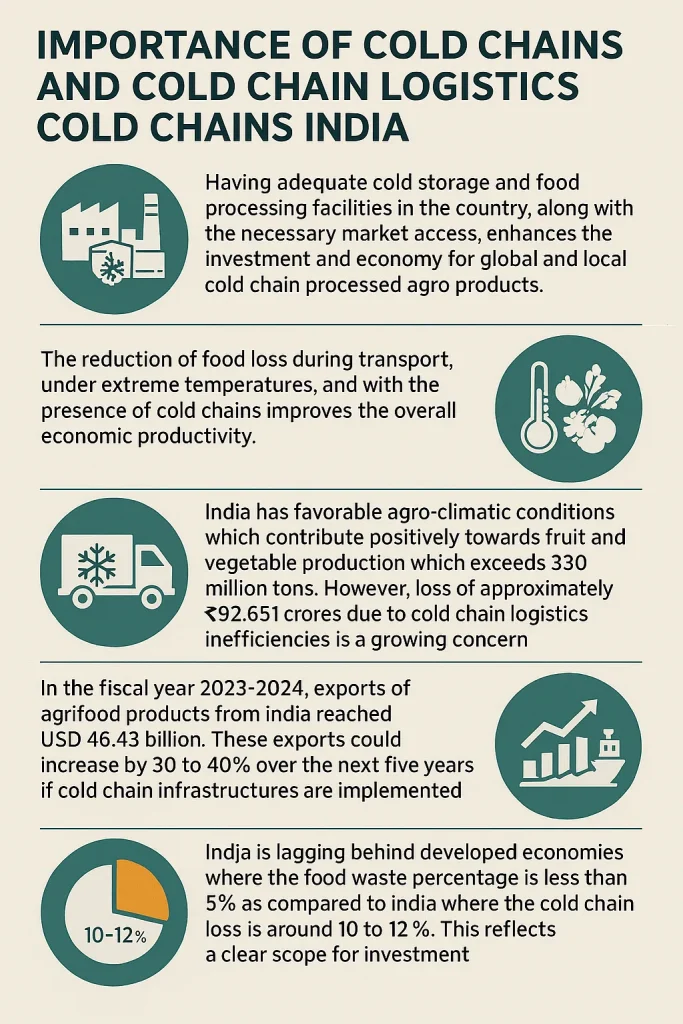
Support Under PMKSY-Cold Chains India
Financing under the PMKSY scheme for cold chain integration of the processing, storage, and transport facilities offset the cost of pre-cooling, cold room, refrigerated truck and retail refrigerated storage, and processing and storage silo bases for cluster development cold storage for value addition.
To date over 298 projects with 1:1 matching subsidised financing have been approved where the General Areas receive 35% and the North East and Hilly areas up to 75% subsidized support.
In addition to financing the preservation, processing, and pulping units such as fruits and dehydration and the processing of frozen foods, the agro-processing clusters under One District One Product (ODOP) like the mango pulp in UP and the spice parks in Kerala also provide dry and drip cold storage, shared cold storage, drying and testing labs, and improved transportation that help in cost reduction.
Read Our Book: Click Here
The Role of Cold Chains in Export Business
Cold chains maintained allow the export of frozen vegetables to Europe and organic juices to the USA and help in preserving the quality and reducing wastage of the fruits and vegetables, dairy and meat, and seafood and also allow Indian farmers to store their crops for longer periods, thus avoiding distress selling.
Startups can create value addition from cold chains by producing mango pulp, tomato puree, onion powder, dehydrated foods, and by setting up cryogenic units.
The Indian dairy sector has a considerable market for cheese and whey protein, while the meat and seafood sector has frozen Halal meat and prawns to the Gulf and South East Asia.
Produced by the startups, there is also abundant opportunity for exporting spice oleoresins, organic jaggery, natural sweeteners, and cocoa.
Read More: Top 10 Manufacturing Business Opportunities for Startups
The Gap Transforming Into Opportunity – Cold Chains India
For the very first time, the balance of foreign trade of agri-food and processed products has gone into the negative. It stood at −6.7 billion USD. India spends 31.7 billion USD on agri-food imports every year. Strengthening cold chain and processing facilities will help India to reduce the import of master and soya oils, cocoa products, fruit wines, and vinegars.
These gaps offer great potential for producing domestically and for start-ups to set up businesses aimed at substituting such imports with locally manufactured products.
Support with Financing from NABARD
NABARD has supported cold chain and food processing projects of which loan disbursement has crossed ₹800 crores pan India. For such NABARD subsidized long term loans, NABARD has eased the cold chain capital burdens for start-ups as a sophisticated cold chain loan. loans for sophisticated cold chain capital.
Read More: MSME Business List for Startups, Project Opportunities, Business Ideas
Case Studies-Cold Chains India
India has reaped great success in international trade of agri food products which has resulted in numerous case studies. Cold chain facilities and processing units help aid with such success. For instance, the Amul cooperative platform assisted with the cold-chain infrastructure which is a reason as to why India is the largest milk producer and exporter in the world.
The cold chain processes and packaging of other remarkable Indian ventures, including Everest and MDH, have managed to gain an equally strong position internationally. Such case studies convey the unique integration of Indian infrastructure with the strong reputation and considerable funds cross along with the investment and government assistance geopolitical strengths.
How NPCS Assists Entrepreneurs-Cold Chains India
Based on an Expression of Interest (EOI), Niir Project Consultancy Services help new entrepreneurs to set up new ventures by preparing Detailed Project Reports (DPRs) along with Market Survey Reports.
- The importance of each distinct
- Specialty attribute of the product
- Operational Flow Sheets
- The product
- Machinery and raw materials
- Financial Feasibility and full viability
To assist NPCS clients with cold chain and food processing projects, there is a clear obligation to understand how to access feasibility studies, funding, and project setup with confidence.
Read Our Project Report: Click Here
The Entrepreneurial Roadmap-Cold Chains India
- Complete the value chain of each selected segment: fruits, dairy, seafood, spices, and sweeteners.
- Within the One District One Product (ODOP) clusters, pinpoint the most advantageous geographies.
- Apply for financial assistance under the PMKSY scheme.
- Take advantage of NABARD funding.
Implement Technology to Optimize Your Traceability-Cold Chains India
Obtain the relevant authorization and adjustments that pertain to the export market (e.g.FSSAI, HACCP, ISO).
Design an efficient and highly effective marketing strategy focusing on global branding and its market access.
Pursue NPCS to obtain a tailored Drag and Drop Business Plan along with a comprehensive business strategy.
Find the Best Idea for Yourself With our Startup Selector Tool
Conclusion – Cold Chains India
While the agriculture sector is quite productive in India, cold chain facilities are still quite lacking. Cold chains along with clusters and refrigeration systems reduce losses and improves the quality of agro-products which helps farmers and helps in attaining premium prices in foreign markets.
The establishment of strong enterprises is quite attainable in the case of PMKSY, along with the NPCS specialists, and facilities from NABARD. It is most important to build cold chains for profitable international agricultural commodities to capitalize on agricultural surplus in India.
FAQs – Cold Chains India
1) What is the significance of cold chains?
To slow down the ageing process of perishables and for extended durations of food storage.
2) What is included in the cold chain?
Vegetables and fruits, processed dairy, proteins from animals, fish, and spice extracts.
3) What is the government scheme for the frozen cold store?
PMKSY scheme.
4) Who finances new enterprises?
NABARD loans and PMKSY scheme subsidies.
5) What is the advantage of clusters?
Lowered transportation costs and shared storage and laboratory facilities.















